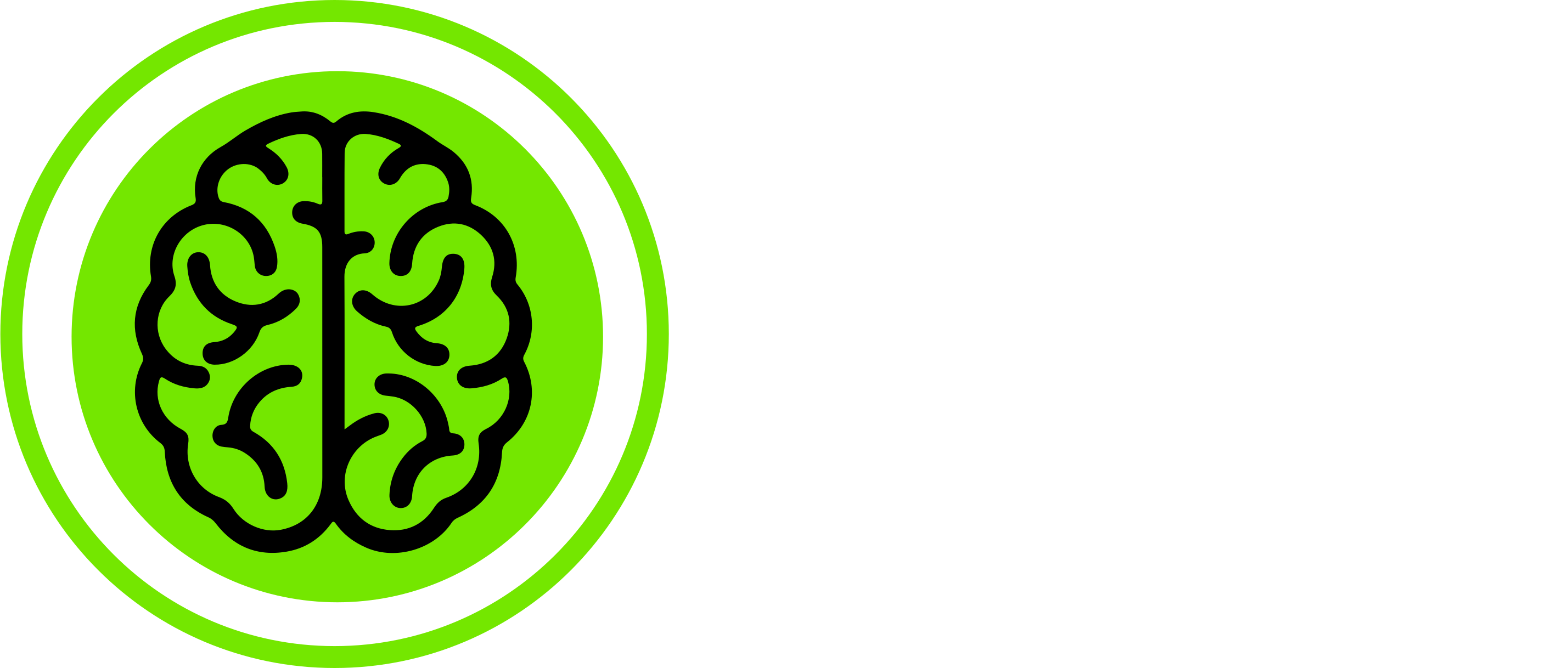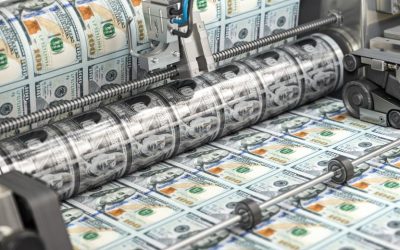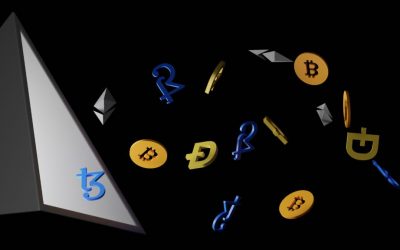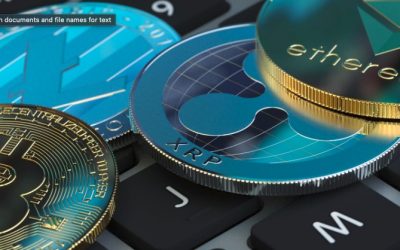Money is whatever any given socio economic environment accepts as a medium of exchange and store of value. From antique barter economies to the modern digital age money has taken multiple forms from seashells to gold, other precious metals, paper and most recently cryptocurrencies.
We all used money for thousands of years and still use it every single day yet we rarely think about what money actually is and what confers it value.
Is it the cards, coins and pieces of paper you hold in your wallet? Or perhaps what you have available in your bank account? Or maybe is it the sum of all your wealth including your property, your car, your paintings and so on?
The truth is money mean lots of different things, can come in different forms and be valued for different properties. Throughout history it has taken many different forms from the barter economy, to gold up to the modern forms of money including digital money and cryptocurrencies.
Money can take different meanings…
If you wandered around a school playground, precious cards and marbles (not to mention Fortnight skins and other virtual collectible gadgets!) could be considered as “money” to a child and potentially traded for other cards, other goods or simply in exchange for cash. Similarly, in a prison environment, cigarettes and other scarce items take on a form of value akin to “money” that can be traded for other goods.
As you can see from these examples, money can take different forms and its definition still remains somewhat subject to interpretations depending on various socio economic and other environmental factors. USD dollar notes may have zero value to a prisoner of if you are stranded on a desert island, or even in a context where physical cash is not accepted. Similarly, you probably aren’t going to have much success buying a car with a reserve of cigarettes or precious metals!
Functions of Money
Investopedia defines money as “a medium of exchange that is accepted by people for the payment of goods and services, as well as the repayment of loans”. Let’s break this down a little.
Money is a medium of exchange which makes our day to day settlement of payments and transactions easier to deal with that barter economies we came from. But that’s not enough, money it must fulfil a number of properties.
Money must be widely accepted meaning that everybody using it must trust it as a reliable form of payment. If you have ever been in a situation where your shop keeper has cross examined your bank notes that is because they wanted to make sure your money wasn’t counterfeited in order to accept it!
Money must also provide as a store of value allowing their holders to use it at any time in the future with the confidence of its ability to maintain it’s worthiness, be it to repay a loan or to make future payments and investments.
Moreover, money also serves as a unit of account, making it possible to measure goods and services using such money as the yardstick. As we are now accustomed to, labor, goods, services and so on can all be referenced to our unit of account whether that is expressed in USD, EUR, gold bars, cigarettes or precious cards!
There are many more interesting traits and characteristics that come into play in defining money and conveying its value. We explore these in more detail in this article.
For now, let’s keep things simple and take a closer look at how money has been used over time.
Historical money
In human’s history there have been all sorts of forms of money used from primordial barter economies to modern days. Originally money came in form of the traded objects themselves whereby say a unit of flour would be traded in for an equal value of eggs, wheat, sugar or livestock. Other forms of money soon came in to facilitate transactions for instance using shells or precious stones, sea shells, and then eventually adopting gold and other metal coins as a more durable form of money. Indeed gold and precious metals have been human’s most “loyal” form of money as we have been using it for several thousand years and still is accepted as a great store of value in modern days although clearly superseded by other forms.
With the advent of Banking, gold and other metal coins were replaced for paper money (issued as receipts of the underpinning gold or other precious metals) and used until the modern times where the advent of technologies such as the internet and most recently blockchain we are beginning to breach into the world digital money and cryptocurrencies.
For a more detailed overview of the history of money and it’s different forms over time have a look in here.
Modern Day Money Forms
As we have seen, money can take various depending on various socio-economic factors and what may resonate as the most accurate or appropriate form of money to you, may not be the case for someone else. Let explore some of the available types and explain their primary use cases.
Commodity money: money that has intrinsic value, such as gold or silver. In other words this form of money can serve other purposes intrinsic in the properties. of the metal itself be it as jewellery, computer electronics, and more!
Fiat money: money that is not backed by commodity and no intrinsic value or utility, but is considered “legal tender” by the government issuing such currency. As such Fiat currencies are widely accepted as a means of payment around the world.
Digital Money: this is money that is available in electronic form made available since the internet era. Digital money comprises bank deposits and credit card transactions available through our online and mobile banking apps and devices.
Cryptocurrencies: (mostly) decentralised currencies that unlike Fiat currency, does not rely on a centralised authority such as a government or central bank but rather uses cryptography to secure transactions and control the issuance and supply of currency.
The Future of Money
The role of money is constantly evolving and what forms of money will prevail in future remains to be seen. What we can observe at the present time is that the role of physical cash is surely decreasing as we grow further into more convenient cashless societies, where digital payments are replacing cash transactions.
As we keep breaking technological boundaries, and with the advent of innovative and emerging technologies such as blockchain and artificial intelligence the way we think about money may continue being challenged into new shapes and forms.
Just consider digital money or cryptocurrencies weren’t even in existence or part of our vocabulary before the turn of this century just to remind us all as to how rapid and decisive changes have already taken place.
The future of money rests to be seen but the premises certainly look exciting and open to further change!
As you can see there is plenty to consider and explore in the domains of money and cryptocurrencies. Explore some of our other articles to find out a little bit more!
Perhaps you can dive into better understand the system of money prevailing today, FIAT currencies.





